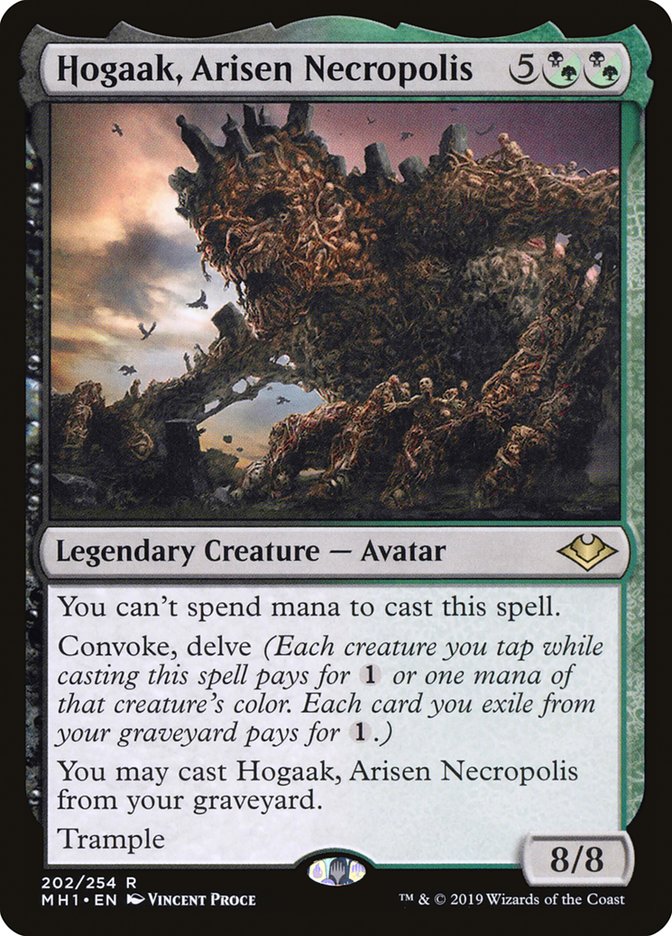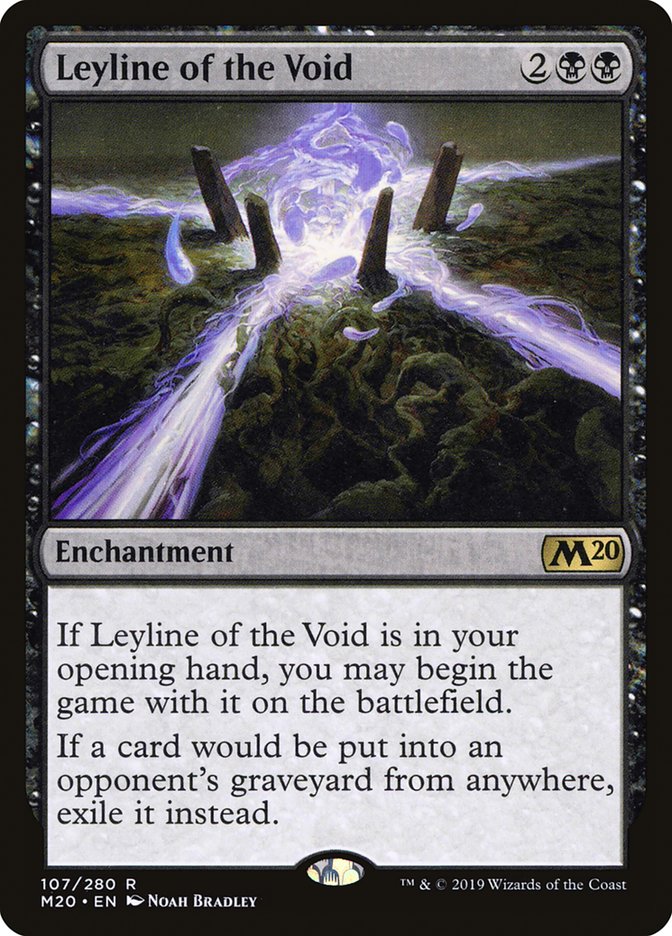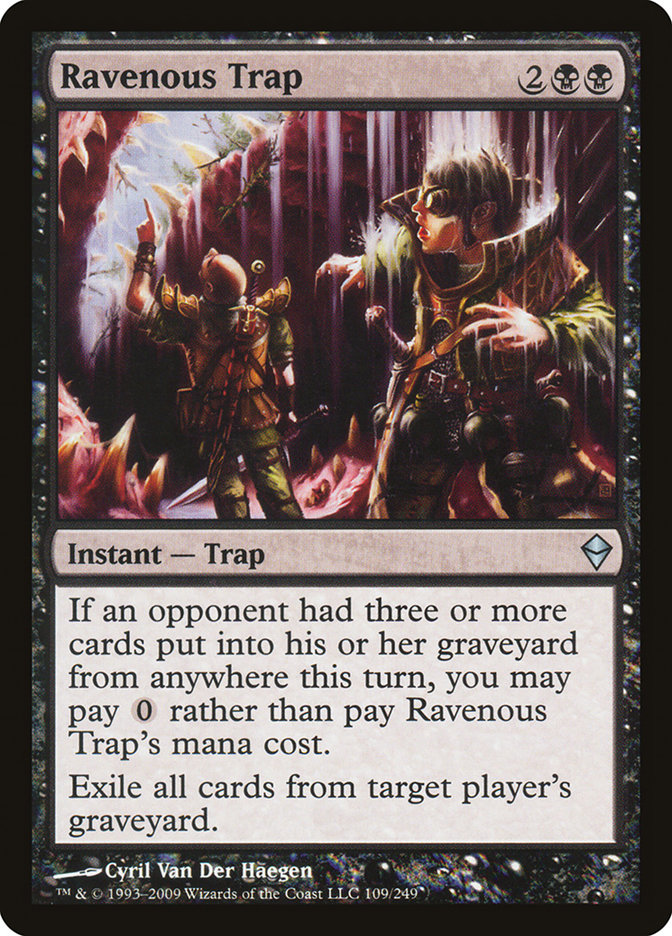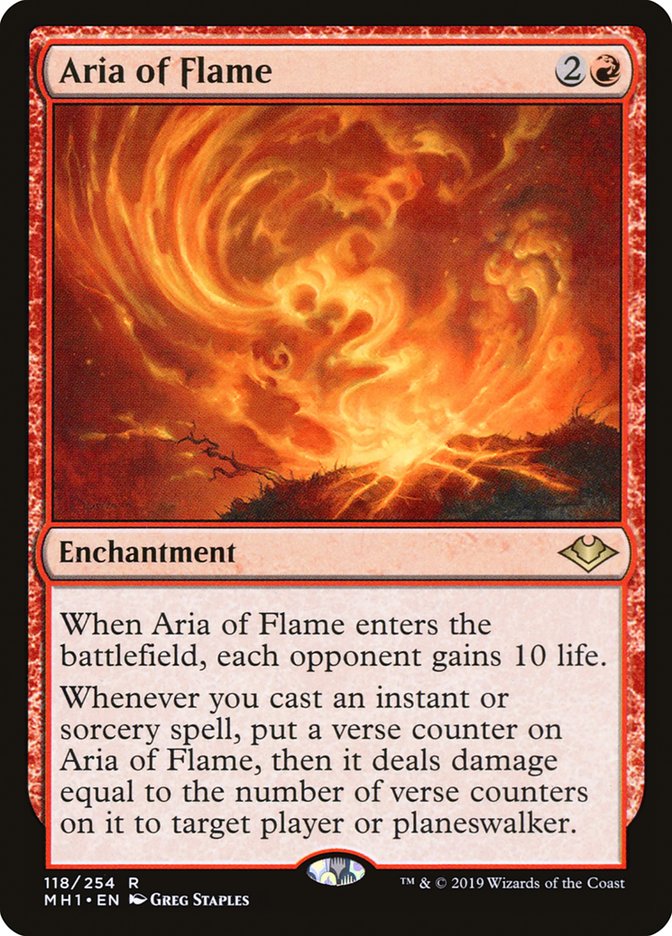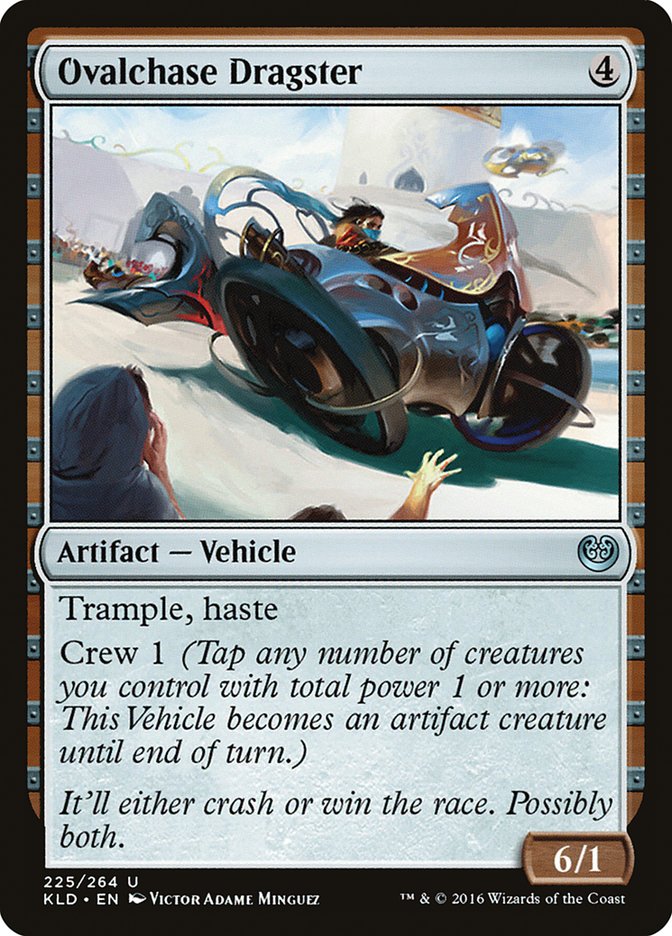I hope you all got some nice rest and relaxation over the last few weeks because Season Two of the SCG Tour is here and it’s starting off with a bang.
Modern’s the name of the game for SCG Pittsburgh, where players will be playing Team Modern. None of that Unified Modern nonsense either – teams will be able to play whatever they want, in whatever quantity they want.
Three Burn players? Fine.
Three Humans players? Love it!
Three Tron players? Allowed…
Whatever combination of decks teams bring to the table, we’re in for a treat this weekend as this will be the first SCG Tour event where Modern Horizons cards are legal. Unless you’ve been living under a rock for the last few weeks, you should be very aware of how much this particular set has flipped the Modern format on its head.
For reference, here’s a visual list of some of the All-Stars from the set that have taken the format by storm thus far:
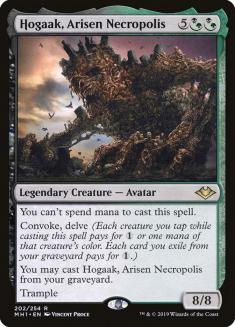
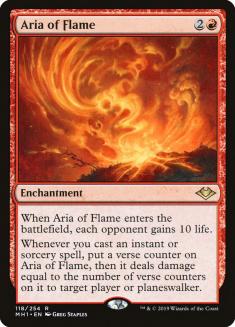
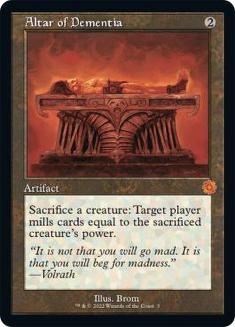
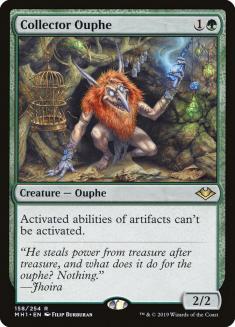
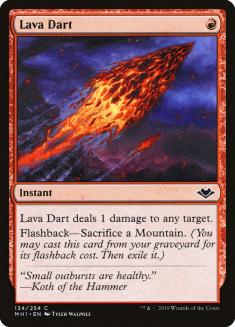
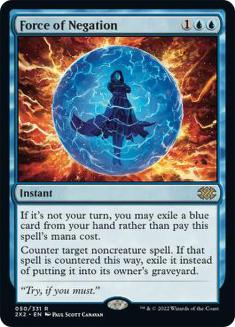
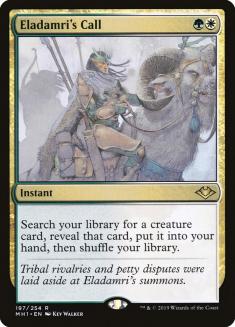
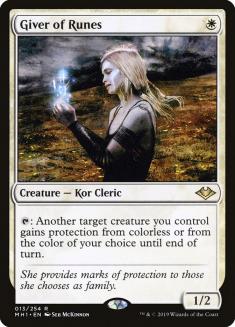
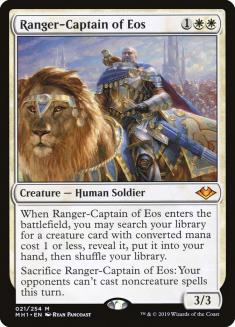
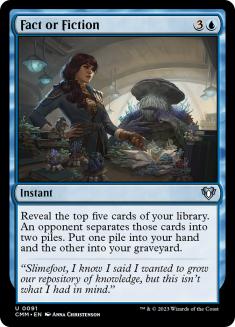
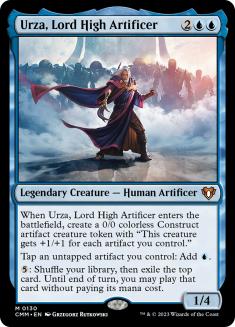
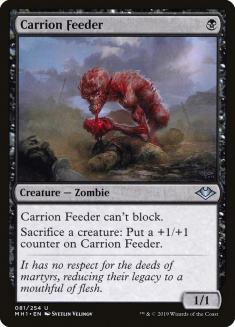
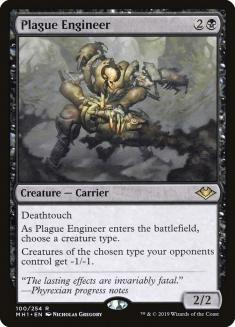
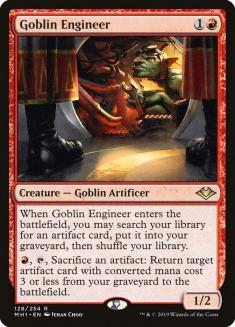
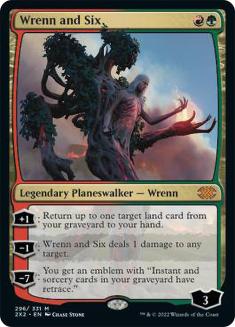
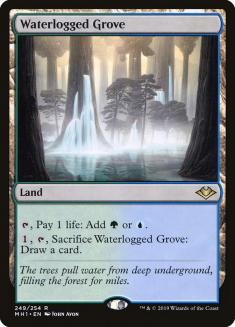
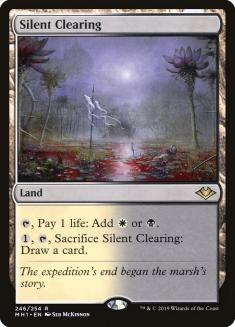
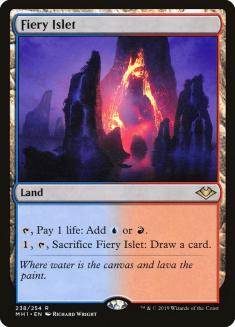
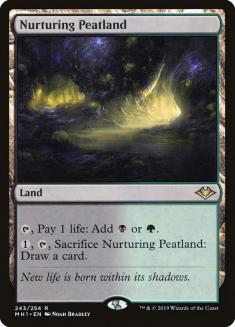
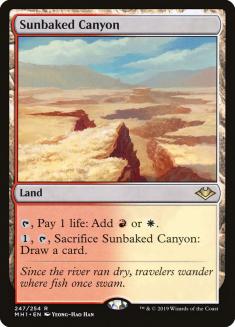
That’s quite a list, and it feels as though every single day a new Modern Horizons star is born – either creating a new strategy built around it or enhancing an existing deck’s shell. This powerful and unique cast of cards have barged their way into a format that has almost certainly not had enough time to even figure itself out after the introduction of War of the Spark. That set similarly introduced a ton of high-impact spells (mostly Planeswalkers) that have still been finding new homes by the week.
This amalgamation of two sets with enormous power levels supercharging the Modern format has made it quite challenging to figure out what’s the best thing to be doing in this brave new world. However, there is a very large, Necropolis-sized elephant in the room that has had every Modern player’s attention right now:
Hogaak, alongside Altar of Dementia and Carrion Feeder, has done a lot of work to give rise to a new form of an older archetype known as Hogaak Bridgevine. Let’s take a look at the deck in full:
Creatures (28)
- 4 Carrion Feeder
- 4 Bloodghast
- 4 Vengevine
- 4 Gravecrawler
- 4 Insolent Neonate
- 4 Stitcher's Supplier
- 4 Hogaak, Arisen Necropolis
Lands (18)
Spells (14)

For the most part, the shell of this deck is pretty set. The maindeck Darkblasts in the above list have been everything from Lightning Axe to Cryptbreaker to an extra land or two, but the rest of the shell is what this deck is all about. The enablers like Faithless Looting and Stitcher’s Supplier help set up powerful payoffs like Vengevine and Hogaak, frequently creating an insurmountable battlefield as early as turn two. This deck makes the draws of its cousin, Dredge, look like child’s play. The cherry on top is the ability to combo kill an opponent with Altar of Dementia, allowing you to mill out your opponent completely by repeatedly casting Hogaak and sacrificing it.
With this deck dominating Magic Online in the early days of this format even through an uptick in graveyard hate, the deck has proven itself to be resilient enough to still stick around to this point.
It’s the boogeyman of the format at the moment, and you’re going to have to have a plan to beat it if you don’t want to join it for SCG Pittsburgh. I’m here to tell you what you should and should not do to get ready to wade through the hordes of zombies you will inevitably face.
1. DO play graveyard hate, and play more than you think you should.
The source of the phrase escapes me as I write this, but I heard of a good way to measure the amount of adequate graveyard hate you should have in your sideboard and/or maindeck in preparation for Hogaak:
That might sound like a lot, but with Hogaak likely to steal the first game against you if your maindeck is ill-equipped to beat it, you will have to go overboard to some extent to buy back enough win percentage points in the matchup to win the next two a reasonable percentage of the time. Make sure you’re playing the right graveyard hate, however.
2. DON’T play the wrong graveyard hate.
While graveyard hate can do the job against Hogaak, there’s a lot of options that won’t do the job properly to lock them out of utilizing their graveyard. To help with this, here is the objective power ranking for graveyard hate against Hogaak and explanations as to why.
Leyline of the Void is your best option, almost bar none, for taking care of Hogaak’s graveyard and keeping it that way. While Hogaak decks will be anticipating Leyline and will be bringing in Nature’s Claims and Wispmares aplenty to handle it, the onus will be on them to find it or else their deck will not be able to function almost at all.
The only reason Rest in Peace is second on this list is because it costs mana to play and you could find yourself facing down upwards of ten power on the battlefield by the time this spell resolves if you’re on the draw. Still, making the graveyard completely non-functional will do the deed. Like Leyline of the Void this card is susceptible to the removal for enchantments that competent Hogaak pilots will have, so keep this in mind that it’s no guarantee of winning the game.
Surgical Extraction is the first piece of hate on this list that doesn’t completely nuke the graveyard, but it easily takes #3 thanks to being an instant-speed free spell that can surgically dismantle a Hogaak player’s graveyard and cause them to stumble just long enough to secure victory. This card’s only as effective as your understanding of what matters at every juncture of the game; if your opponent is going to return two Vengevines you’ll likely want to take care of those, but then you have to evaluate just how kold you might be to Bridge from Below generating an army of Zombies or multiple Bloodghasts returning to the battlefield.
Ravenous Trap makes the list next, but realistically it sits quite a few rungs lower on the ladder in terms of effectiveness from the three options above. This is due to the fact that, like Surgical Extraction, it requires very good timing to stymie the deck’s gameplan, but it does not completely shut off any specific element of the deck for the entirety of the game and is frequently not good enough. From personal experience, it feels like you have to try to figure out a way to chomp as much of their graveyard as possible, but a lot of the time Hogaak will put the squeeze on you to have it when there’s only a few cards in the graveyard and then will just to do their thing again the following turn.
All other options are likely not good enough to even make this list, and I would not advise playing other options over the above.
3. DO choose decks that kill quickly and efficiently.
This DO and the next DON’T also go hand in hand, much like the pair above. If you’re not trying to play Hogaak, there’s only a handful of other decks that can, at best, perform a whole turn slower than Hogaak does in terms of their best draws. Many of these decks have the benefit of dodging a lot of the graveyard hate flying around the format, some even just ignore it entirely. What are those decks? Let’s take a look:
Creatures (8)
Lands (18)
Spells (34)

At this stage Izzet Phoenix has done everything it can to be much less cold to graveyard hate, moving almost entirely aware from cards like Pyromancer’s Ascension in favor a new unique red enchantment:
Having seen Aria of Flame in action, I find the ten life gain the card gifts the opponent with to be almost insulting as the power of this card is so high in Izzet Phoenix that it easily makes up for that in no time at all. It’s absolutely reasonable to deal thirty damage the turn after you cast it. This alternative graveyard-hate-proof plan of attack gives opponents very little time to deal with the enchantment itself, and it stretches the interaction required to completely dismantle Izzet Phoenix to three axes: creature interaction, enchantment interaction, and graveyard interaction – a tall order in most cases.
Izzet comes packing a handful of graveyard hate of its own. Maindeck Surgical Extractions and sideboarded Leyline of the Voids and/or Ravenous Traps, combined with solid battlefield control thanks to Thing in the Ice, makes the Hogaak matchup quite palatable.
Creatures (37)
- 4 Meddling Mage
- 4 Noble Hierarch
- 4 Phantasmal Image
- 4 Champion of the Parish
- 4 Thalia, Guardian of Thraben
- 4 Mantis Rider
- 4 Reflector Mage
- 4 Thalia's Lieutenant
- 3 Kitesail Freebooter
- 2 Deputy of Detention
Lands (18)
Spells (5)

Humans remains a solid option as the format turns its attention more towards beating the graveyard and less towards killing tiny creatures. Izzet Phoenix briefly moved back to playing maindeck copies of Gut Shot, which caused that matchup to become more difficult, but since then they have almost immediately reverted to maindeck Surgical Extraction – a card they will find stranded in their hand much of the time. Lava Dart, while repeatable, costs actual mana and is thus much less scary. Against Hogaak, the worst-case scenarios are typically being on the draw and not having a fast-enough hand, but on the play, a lot of the times you can adequately disrupt them with a well-timed Meddling Mage on Hogaak or Altar of Dementia. Often I try to set up Meddling Mages on Altar and use a Reflector Mage to bounce or a Phantasmal Image to copy Hogaak.
The Leylines in the sideboard are a necessary evil, but after having played a good amount of Hogaak myself and applying what I know from both sides of the table in this matchup Surgical Extraction might be a reasonable substitute that is less awkward to draw later. You basically only need to take care of Bridge from Below to be able to hang in most games, and unlike Leyline it’s still live when it’s not in your opening hand.
Creatures (13)
Lands (19)
Spells (28)

A large uptick in the presence of Infect, to me, feels like a “canary in the coal mine” situation where you only really see it in larger numbers when the format as a whole isn’t interactive and linear. The introduction of Scale Up to Infect has given it the ability to kill on turn two much more often with a turn one Glistener Elf. Blighted Agent is usually fantastic as well against Hogaak since it typically only gives them one turn to win the game and they don’t have boatloads of interaction for it, even after sideboarding. Darkblast can be a bit of a problem, but it’s something that can occasionally be played around.
The three decks I just described above are basically the only three decks in Modern right now that I would be okay with playing if Hogaak isn’t your cup of tea. Mono-Red Phoenix was a consideration, but I think at this point that Izzet Phoenix has worked out enough of its issues that I think that Mono-Red is just an inferior version of the same deck.
4. DON’T try to play decks interested primarily in interacting.
I know that the allure of Celestial Colonnade decks will always exist, and the cult-like following over players that swear by Hallowed Fountain will always yell from the rooftops about how the deck can be tuned to beat anything, but it simply doesn’t do anything that the other decks in Modern get to do in terms of power. There’s no cheating on mana (while also being mana intensive), you don’t win games quickly, and the deck needs to answer too many questions instead of asking them.
The discard-spell-based black midrange decks like Golgari and Jund are potentially a little bit more appealing since they at least have ways to beat down quickly thanks to Tarmogoyf, but even then there’s just too many worlds right now where if you spent turn two or three casting something like Liliana of the Veil or Scavenging Ooze you’ll wind up never actually taking another turn.
At least for now, interaction decks need to fight on too many different angles of attack to really be consistently successful. Thing may shake out and the metagame might get easier to attack, but for now it’s best to hop in the racecar, turn left as many as times as you can, and do it better and faster than your opponents do.
Bannings On The (Modern) Horizon?
If I’m being completely honest here, I imagine SCG Pittsburgh is going to do a lot to accelerate any potential changes that might come to the Modern format. I gave up on clamoring for bans a long time ago, and now usually opt to let things run their course, but I have the sneaking suspicion that what is happening in Modern right now is a little too format-warping to really be sustainable. The format still has another huge catalyst coming its way soon in the London Mulligan, so it is actually extremely difficult to know what’s really going to happen then.
Will things simply get more degenerate following the release of Core Set 2020? Will the Hogaak menace dominate the format for months to come? Or will Neoform be the deck that rains on everyone’s parade?


